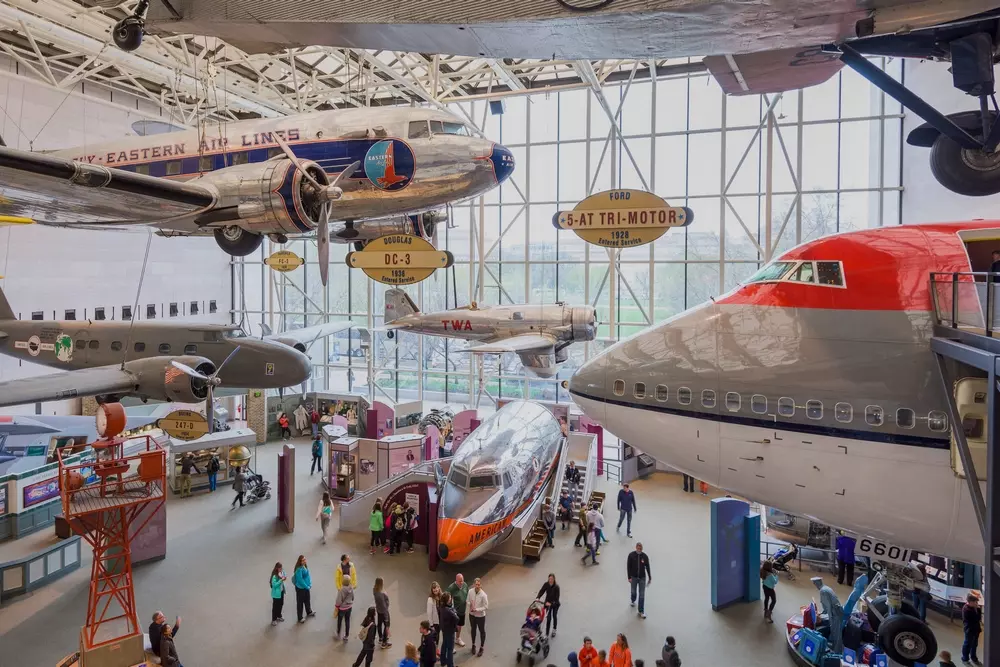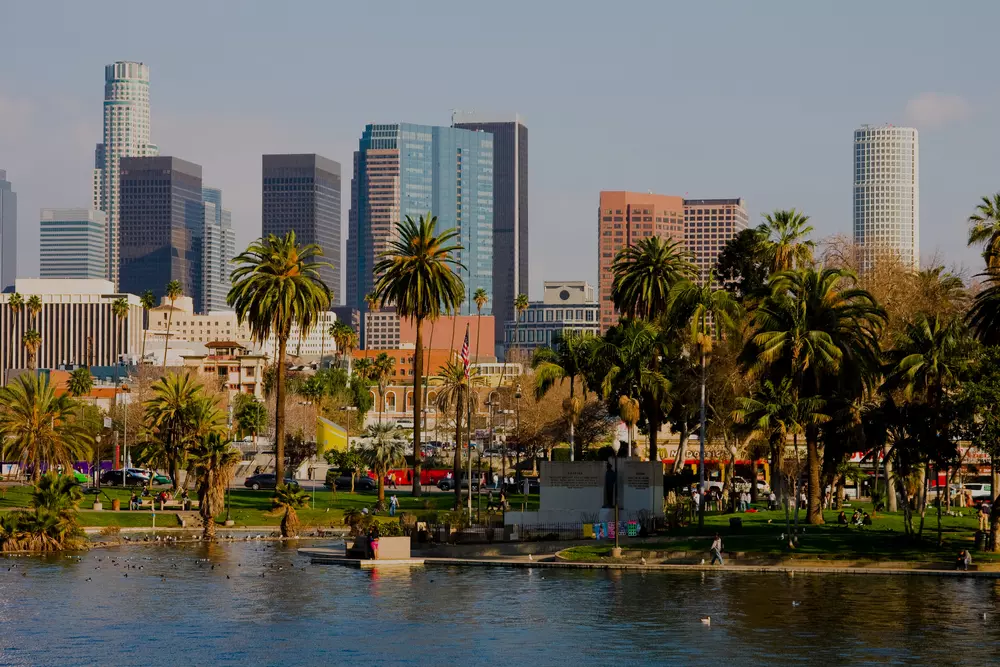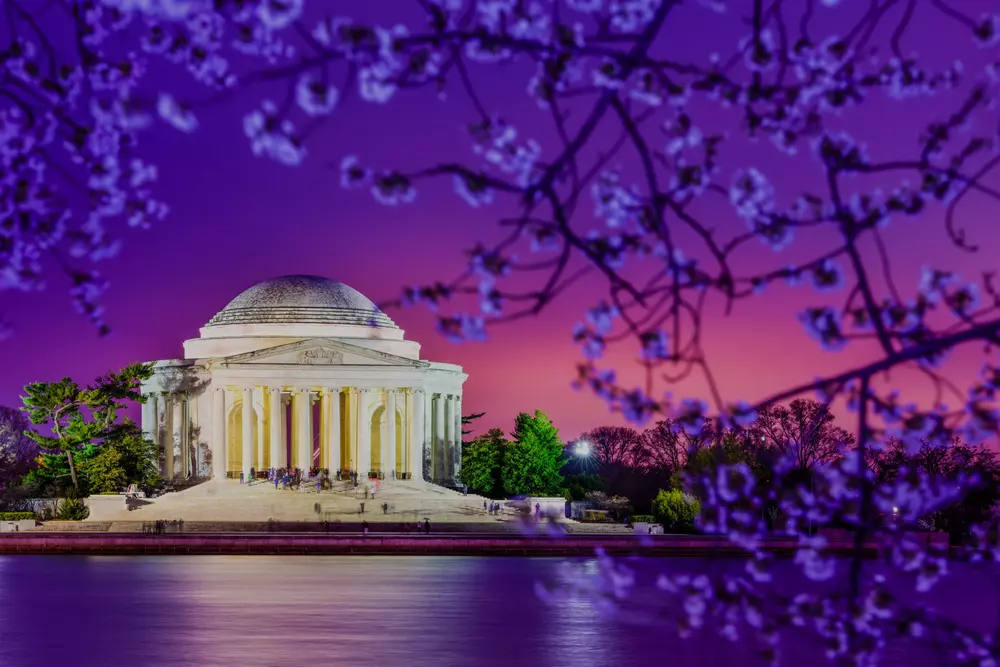Secrets of the Presidential House
The White House is often confused with the Capitol or even the Pentagon. We tend to perceive everything by ear — some government building in America, who can tell them apart? But the White House is a unique place, a mixture of a dormitory, an elite mansion, and a reception hall.
Read our article to find out what happens inside the White House, why it’s called that, and how its residents deal with constant renovations.

Features of the White House
The White House is located on Pennsylvania Avenue and consists of several parts, including the West Wing and the East Wing. The architecture of the building is in neoclassical style, giving it a majestic and elegant appearance. The White House is surrounded by beautiful gardens, which attract many tourists.
The interiors of the White House are impressive with their luxury and historical significance. Each U.S. president has contributed to its decor, creating a unique blend of styles and eras. The White House contains numerous halls and rooms, each with its own special significance and purpose.
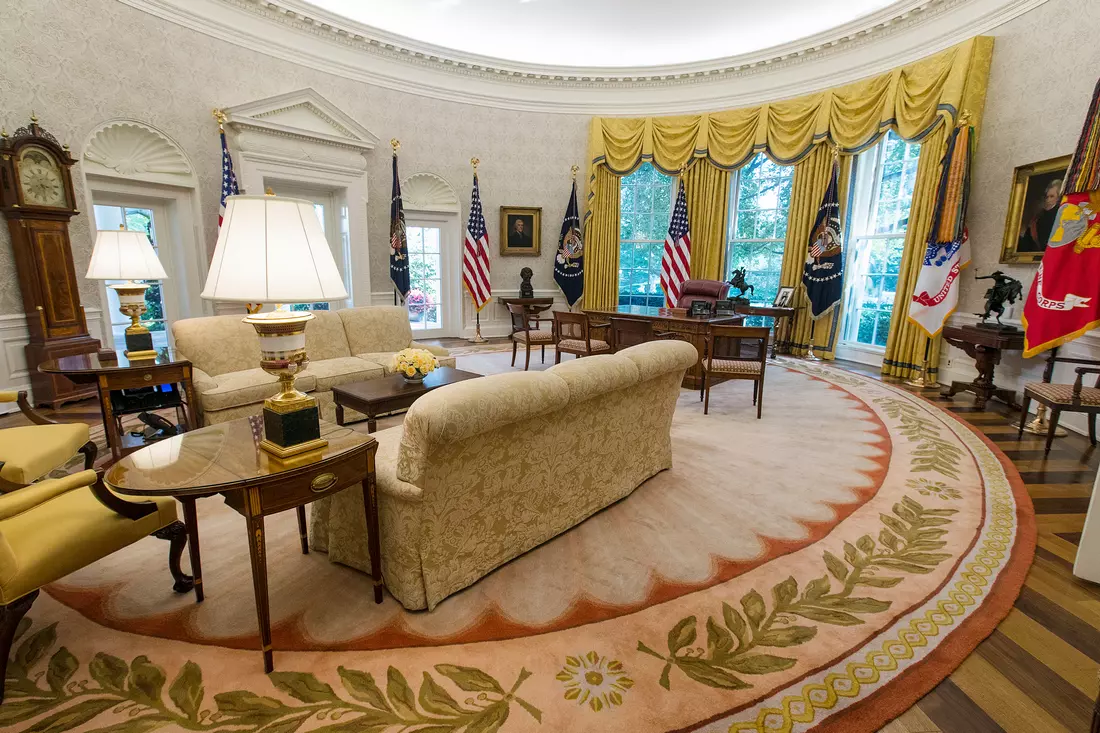
Who Lives in the White House
The White House is one of the most famous buildings in America. Everyone has seen it in the news, but it seems dull and distant there, whereas we present it as interesting and accessible. In short, the sitting U.S. president lives and works there. But only the current one.
In reality, the White House is a full-fledged residence. It has living quarters, reception halls, a small emergency headquarters, and other necessary spaces for the head of state. There is also a full museum and the famous "color" rooms: the Blue Room, the Green Room, the Red Room, and the East Room.
The White House has six floors, two of which are underground. The mansion is surrounded by a park that was made famous by Michelle Obama. During her husband's presidency, this park often hosted fitness sessions and vegetable planting with schoolchildren. This was her way of highlighting the importance of a healthy lifestyle to society, especially children. Previously, presidential spouses also took care of the surrounding area. The beautiful gardens owe their beauty to the wives of Woodrow Wilson and John Kennedy. Melania Trump hasn't made a mark in this regard yet, but as they say, "I want to believe."
The White House as we see it today has not always been like this. The building has gone through a lot. The White House in the USA is an important national asset, highly respected by Americans. To understand why, you simply need to visit it.
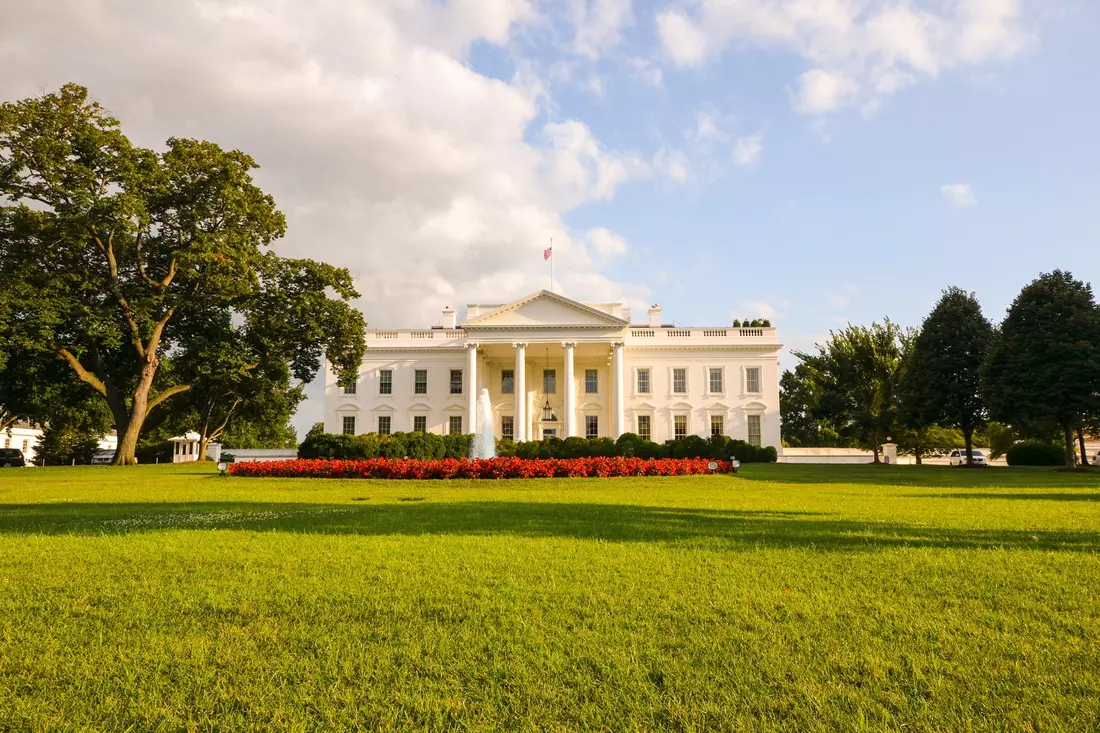
Now the building has 132 rooms and 32 bathrooms. And only three elevators: stairs have always been and remain one of the features of the White House. However, it didn't become white right away.
A Brief History of the Landmark
The history of the White House begins in 1792, when the first stone was laid. The project was designed by Irish architect James Hoban and was approved by the first U.S. president, George Washington. The construction cost almost $3 million — about $35 million by today's standards. However, Washington did not live to see its completion. The second presidential couple, John Adams and his wife Abigail, were the first residents, moving in on November 1, 1800.
Since then, the White House has grown significantly. For example, the famous Oval Office appeared in the building only 109 years after its construction. Structural and facade changes continued until 1924. The purpose and layout of the rooms, as well as the interior, continue to change to this day.
While Jacqueline Kennedy’s changes can be considered reasonable (she carefully restored historical furniture and textiles discarded by previous residents), some other inhabitants made more unusual modifications. Roosevelt ordered a swimming pool inside, Nixon added a bowling alley, Carter installed solar panels on the roof (later removed by Reagan), and Truman demolished as much as he could. It's no wonder that the staff was wary of Trump's initiatives.
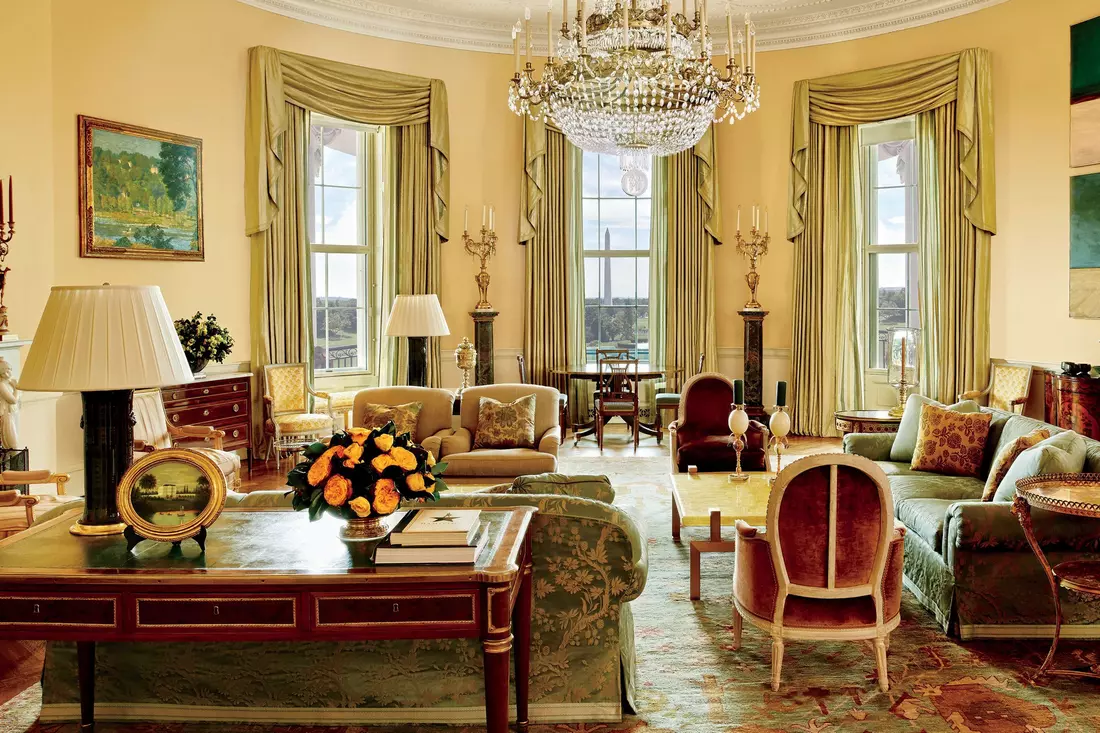
Why Is It Called the White House?
Think it’s obvious? It took a hundred years for this name to stick. The building was indeed white when it was built: it is clad in light sandstone from Virginia, covered with lead and lime. This unusual color made the building stand out from the surrounding dark red marble facades. Despite this, it wasn't called the White House initially — it was referred to as the President's House, the Presidential Palace, simply the Palace, and various other names.
In 1814, during the war, the building was burned down by the British. A subsequent thunderstorm prevented it from burning to the ground. The mansion had to be painstakingly restored. Reconstructing the original white cladding was difficult, so it was simply painted white again. Still, the name didn’t stick immediately.
The White House officially got its name only in 1901 — a century after its construction. Why exactly is unclear, but some theories suggest it was a way for Americans to symbolize purity and high ideals after numerous wars, slavery, and other historical upheavals. Now, calling the White House anything else is simply unacceptable.

Incidentally, you can visit the White House. Of course, not all rooms will be open to you — the presidential family still has a right to privacy. However, you can easily tour the museum and reception halls. There’s a lot to see.
American Butler specialists can help organize such a tour. And, of course, they can suggest other places to visit in Washington. Fill out the form below, and we will contact you in any convenient way!






















